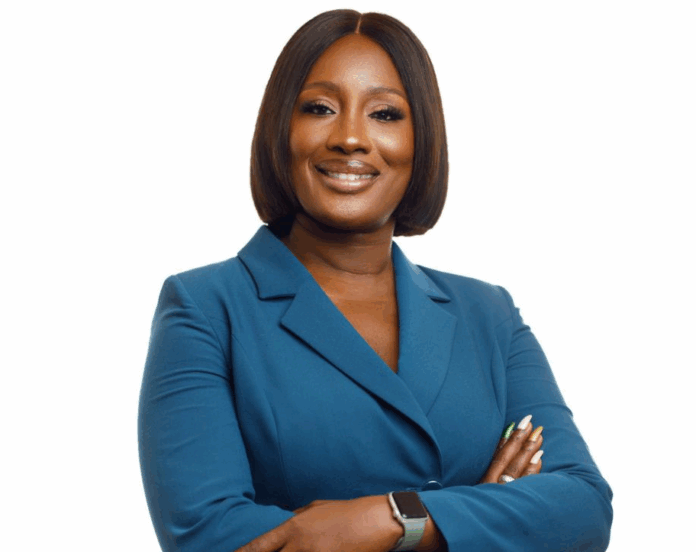In the high-stakes world of executive recruitment, one wrong hire can cost a company millions, not just in compensation but in lost opportunities, damaged morale, and strategic missteps.
Yet, the perfect hire isn’t simply the candidate with the most impressive CV or the longest list of accomplishments. It’s someone who embodies the delicate balance between cultural fit and leadership competence.
As businesses across Africa and the world continue to evolve, this balancing act becomes both an art and a science. Leaders who thrive in an organisation’s unique ecosystem while propelling it into new frontiers are the ones who make a lasting difference. But how do we identify and attract such rare talent?
Why Cultural Fit Is Critical But Not Everything
Cultural fit refers to how well an individual aligns with the values, mission, and operating style of a company. At the executive level, this goes beyond wearing the company colours or attending town halls. It’s about embodying the ethos of the organisation in how decisions are made, people are treated, and change is led.
Executives who don’t align with company culture can unintentionally create dissonance at the top, resulting in internal friction and high turnover. Consider a risk-averse executive placed in a bold, innovation-driven startup. Or a hierarchical leader stepping into a flat, collaborative organisation. No matter how competent, they’ll likely struggle to gain followership and deliver results.
That said, hiring solely for cultural fit can be dangerous. When organisations lean too heavily into “fit,” they risk homogeneity and blind spots, especially at the leadership level, where diverse perspectives are essential.
Leadership Competence: The Strategic Backbone
Cultural fit may help a leader get in the door, but competence ensures they deliver results. Executive leadership today requires a multidimensional skill set: strategic vision, executional strength, emotional intelligence, stakeholder engagement, and crisis management.
Leadership competence also evolves with context. In a turnaround situation, you need a bold change agent; a scaling company needs a systems builder. Competence must be defined not just by previous achievements, but by the relevance of those achievements to the company’s current and future state.
Too often, companies are dazzled by titles and big-brand affiliations without probing for substance. This is where disciplined assessment becomes crucial.
The Power of Evidence-Based Executive Assessment
Achieving the right balance requires moving beyond gut instinct to structured evaluation. Here are two tools that can sharpen your executive hiring decisions:
1. Behavioural Interviews
Behavioural interviews uncover not just what an executive has done, but how they’ve done it. Questions like “Tell me about a time you had to lead a team through uncertainty” or “Describe a time you had to challenge your board’s decision” yield rich data on leadership style, judgment, and cultural adaptability.
Trained interviewers can detect whether responses reflect authentic alignment with the organisation’s values and leadership expectations.
2. Psychometric and Personality Assessments
When used responsibly, psychometric testing provides insights into cognitive ability, personality traits, and leadership style. Tools like Hogan Assessments, EQ-i, or even bespoke 360-degree reviews can help predict how an executive will perform under pressure, respond to feedback, or influence teams.
In Africa, where many organisations are now embracing data-driven HR practices, these tools offer a competitive edge in executive search. They are not silver bullets, but when combined with interviews and reference checks, they paint a fuller picture of the candidate.
The Role of Cultural Due Diligence
Just as we assess candidates for cultural fit, companies must also reflect on the culture they’re inviting someone into. Is it inclusive, resilient, and future-ready? Does it support the kind of leadership needed to grow?
Cultural due diligence means being honest about organisational norms, politics, and unspoken rules. A misaligned executive hire is often the result of mismatched expectations rather than poor performance.
What the Best Companies Do Differently
The most successful organisations treat executive hiring as a strategic investment, not a rushed transaction. They:
- Define both role requirements and success metrics clearly.
- Engage internal stakeholders early and consistently.
- Use external advisors or search firms to challenge bias and add objectivity.
- Prioritise onboarding and integration, not just hiring.
These companies understand that a great leader can transform a business, while the wrong one can derail it.
Conclusion: The Future of Executive Hiring in Africa
Africa is on the rise with growing industries, expanding markets, and a wave of emerging businesses hungry for strong leadership. However, we must move past the traditional hiring models to build resilient, impactful companies.
Balancing cultural fit with leadership competence is not just a recruitment mantra, it’s a blueprint for sustainable success. It demands that we evaluate people holistically, lead hiring processes with intentionality, and treat executive recruitment as the strategic priority it truly is.
The right leaders are out there. The question is: Are we asking the right questions, using the right tools, and creating the right conditions for them to thrive?
As Ghana’s talent landscape matures, executive recruitment must evolve into a deliberate, high-impact function, one that not only seeks to fill vacancies but also to fuel long-term growth. At this critical juncture, the organisations that succeed will be those that place the right leaders in the right roles, with the right cultural alignment. That is the art and the future of executive hiring in Ghana.
Thank you.
Assigned to jashietey@jobberman.com.gh
Source: Jobberman
ALSO READ:


